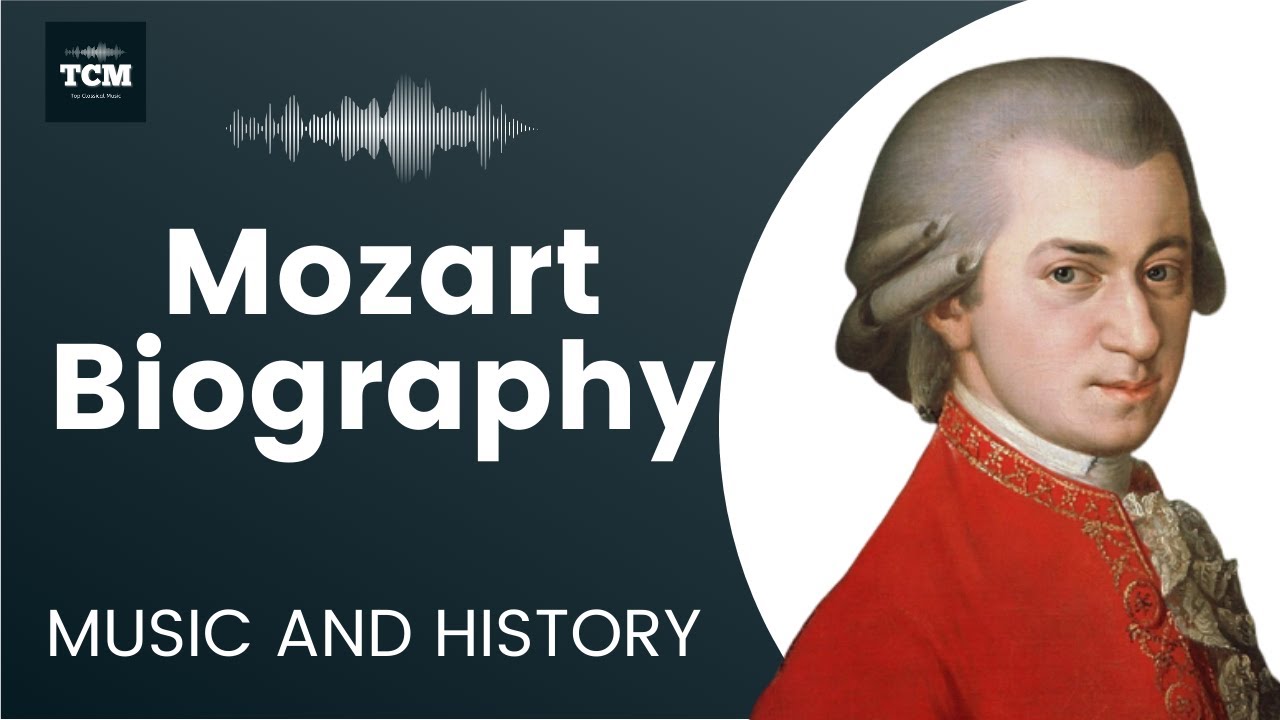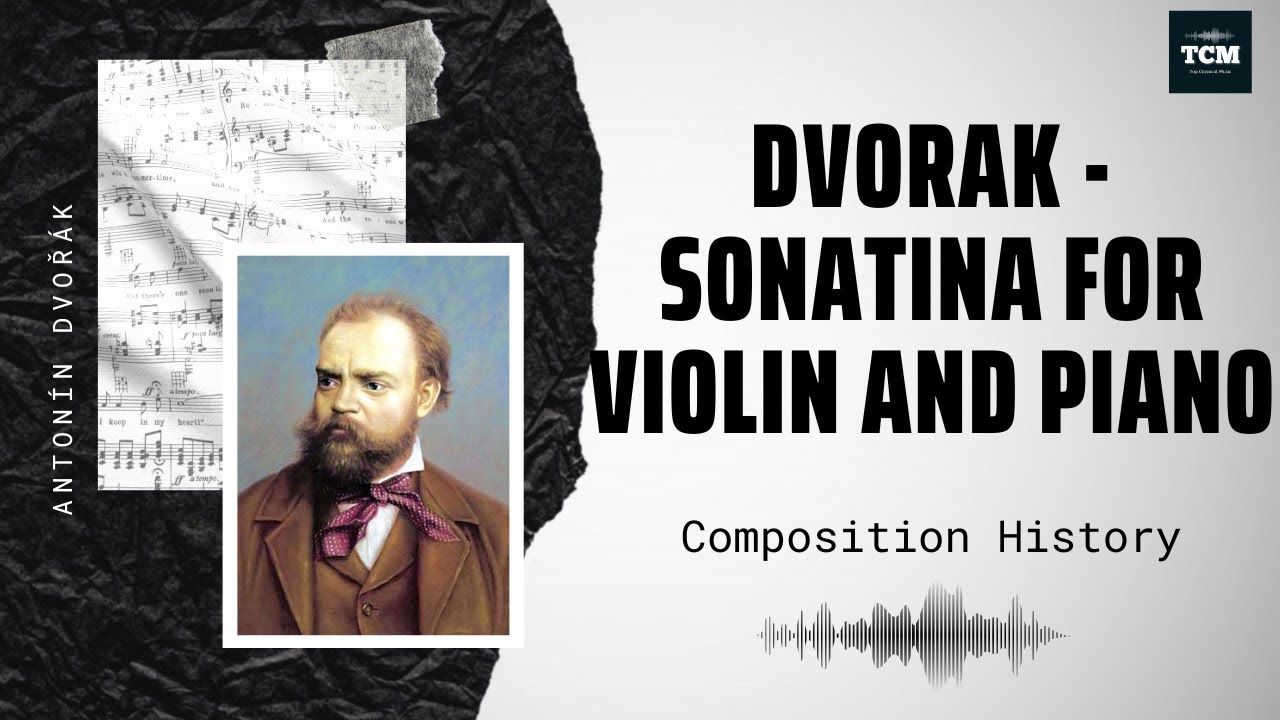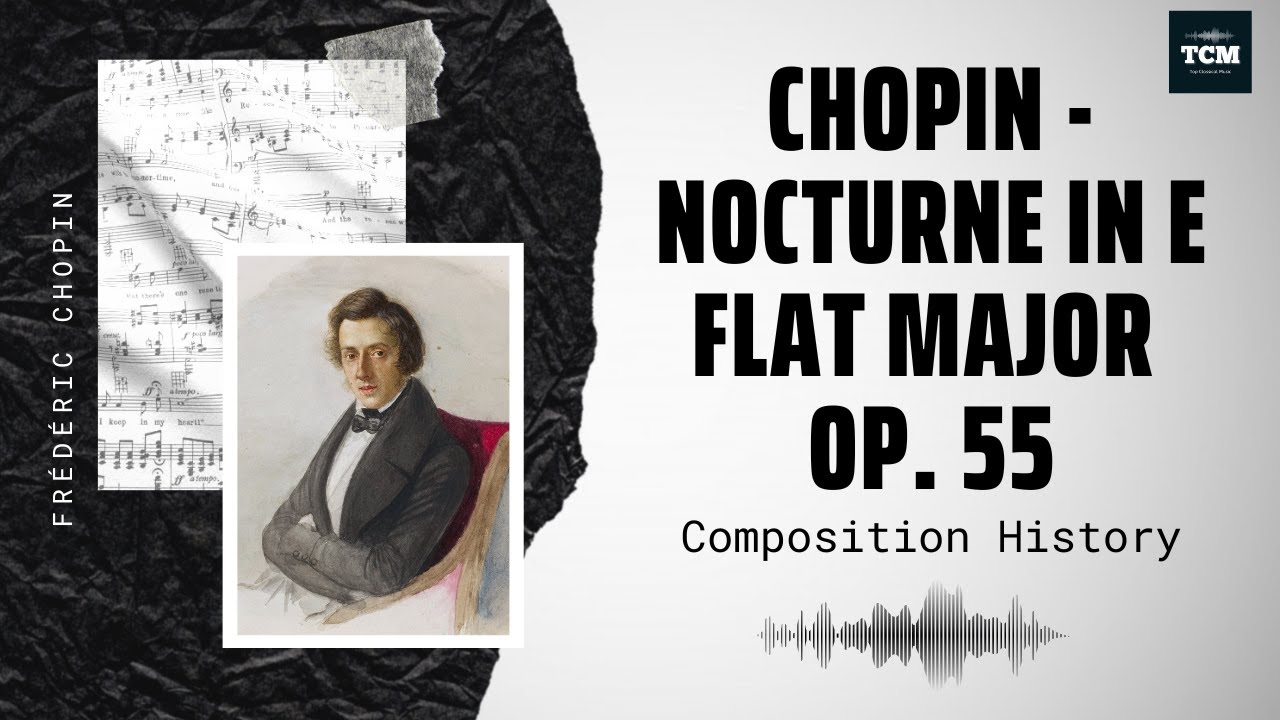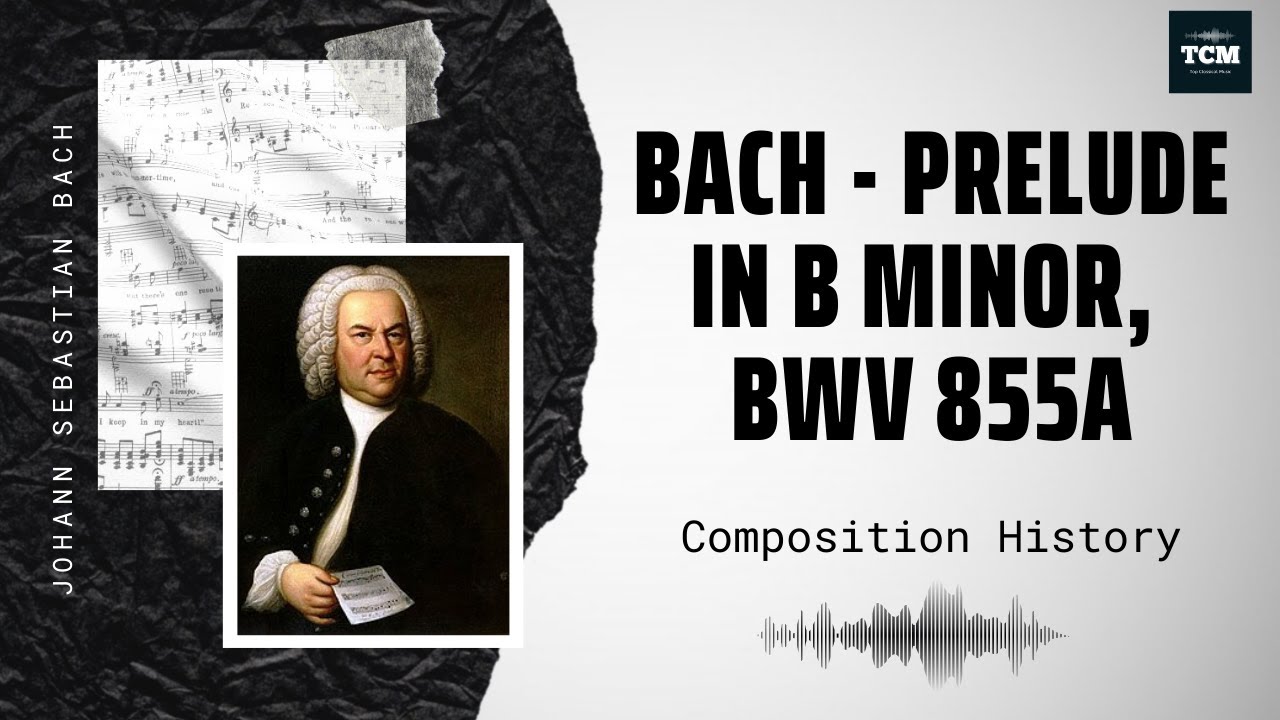
Mozart Biography – Music | History
Wolfgang Amadeus Mozart (1756-1791) was one of the most influential, popular and prolific composers of the classical period. He composed over 600 works, including some[…]
Beethoven – Coriolan Overture Op. 62 – Music | History
The Coriolan Overture (Ouvertüre Coriolan), Op. 62, is a 1807 composition by Beethoven, based on Heinrich Joseph’s von Collin’s 1804 tragedy about the ancient Roman[…]

Dvorak – Sonatina for Violin and Piano Op. 100 – Music | History
The sonatina op. 100, written during Dvorák’s stay in the USA in 1893, is dedicated to his six children. On January 2, 1894, the composer[…]

Chopin – Nocturne in E flat major, Op. 55 No. 2 – Music | History
The two Nocturnes, Op. 55 by Frédéric François Chopin, the fifteenth and sixteenth of his nocturnes, were composed between 1842 and 1844, and published in[…]

Bach – Prelude in B minor, based in BWV 855a – Music | History
Prelude and Fugue in E minor, BWV 855, is the 10th prelude and fugue for keyboard (harpsichord) in the first book of The Well Tempered[…]

Mozart – Serenade in G major – Music | History
The Serenade no. 13, K. 525, is a 1787 composition for chamber ensemble by W.A. Mozart. The title means ‘a little serenade’, though it is[…]

Beethoven – Piano Sonata No. 32 In C Minor, Op. 111 – Music | History
The Piano Sonata No. 32 in C minor, Op. 111, is the last of Ludwig van Beethoven’s piano sonatas. Along with Beethoven’s 33 Variations on[…]

Bach – Toccata and Fugue BWV 565 – Music | History
The Toccata and Fugue in D minor, BWV 565, is a piece of organ music written, according to its oldest extant sources, by Johann Sebastian[…]

Dvorak – String Quartet No. 12 in F major – Music | History
The String Quartet in F major, Op. 96, nicknamed the American Quartet, is the 12th string quartet composed by Antonín Dvořák. It was written in[…]

Weber – Oberon (or The Elf King’s Oath), J. 306 – Overture – Music | History
Oberon, or The Elf King’s Oath is a 3-act romantic opera in English with spoken dialogue and music by Carl Maria von Weber. The libretto[…]